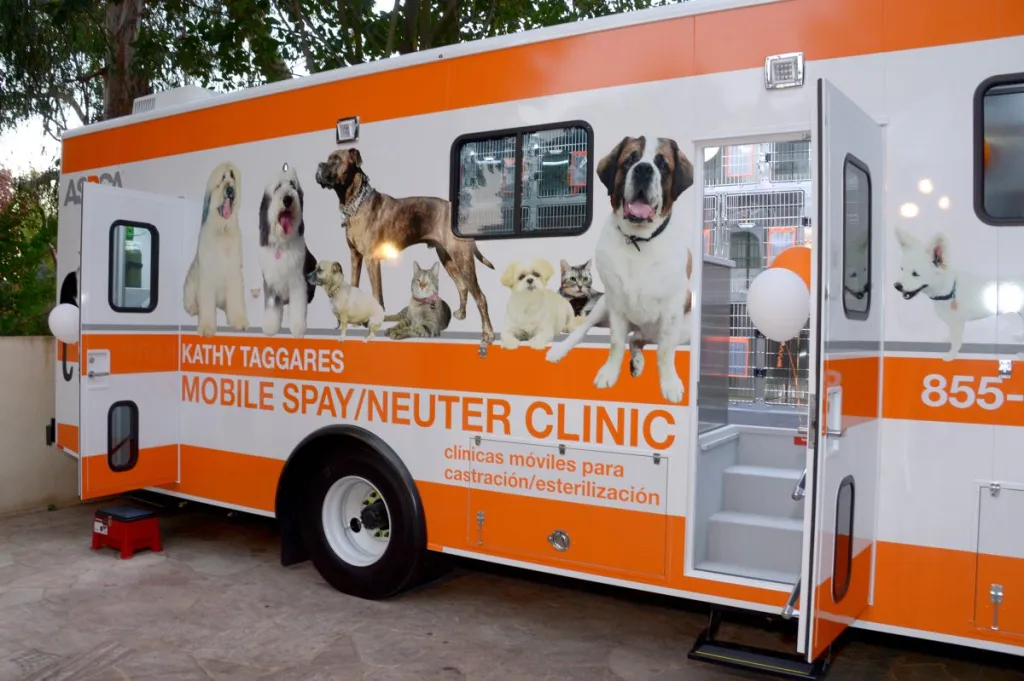Spaying and neutering are the best ways to keep the pet population from exploding. As a result of these procedures, the number of dogs and other animals in shelters is lowered. This leads to fewer euthanizations of unwanted pets. It also frees up resources at shelters so dogs can get the care they need.
Spaying and neutering are also important for dogs’ health. Dogs that are not spayed or neutered are at greater risk for certain types of cancer. They are also more likely to get lost or wander and get injured. Finally, they are more likely to have aggressive, competitive tendencies.
There are many benefits to spaying and neutering dogs when they reach sexual maturity. But not every dog parent can cover the cost of the procedure. That’s where low-cost spay and neuter clinics come in. They provide the procedure at a discounted rate for those who can’t afford the services of a veterinarian. Unfortunately, there are people who try to take advantage of these services. These people just want to save a buck. However, they take up time and resources that could be used for people and animals that really need them.
Low-cost spay and neuter clinics are not meant for everyone. They are only meant for those who need them. So, what can we do to make sure that dog owners are being honest? And how do we ensure people aren’t taking advantage of the services that these clinics provide? Here’s what you should know about low-cost spay and neuter clinics.
What low-cost spay and neuter clinics are
Low-cost spay and neuter clinics offer spaying and neutering procedures at a discounted rate. These clinics are usually run by volunteers and veterinarians who donate their time to help people and their pets. Most of these volunteers do not get paid or only get paid very little for their services. Community and local organizations typically fund the clinics. Hospitals often donate equipment and supplies.
Low-cost spay and neuter clinics are not run for profit. Therefore, their budgets are tight and they really rely on donated resources. Their supplies are limited, and every animal that they care for requires some of those supplies. That’s why it’s so important to not overburden these clinics with clients who could pay for the services elsewhere.
Who low-cost spay and neuter clinics are for
Most shelters spay or neuter dogs available for adoption from their facilities. Adoption fees may include some of the cost of the procedure. That said, there are many reasons dog owners might have a dog that hasn’t been fixed. They might have inherited an unaltered dog. They may have been surprised by an unexpected pregnancy in their pet and have a litter of puppies to care for. Or, they might rescue a dog that doesn’t come from a shelter. If they can’t afford to have their dogs spayed or neutered, they rely on spay and neuter clinics to help them out.
Low-cost spay and neuter clinics are for dog parents that are under a certain income level or those who live on public assistance. These services can remove some of the financial burdens of pet parenthood and provide an incentive for pet parents to get these procedures done. In turn, this takes some strain off of shelters by ensuring that new puppies aren’t accidentally born and surrendered.
Dog parents abusing the system
Unfortunately, some people who should be able to afford to have the procedures done at their own expense choose to take advantage of these clinics. Some volunteers see purebred animals that were clearly bought from breeders or pet stores for hundreds or thousands of dollars come into their clinics. The owners are definitely able to afford to have these dogs spayed or neutered. Some justify this by saying that their normal vet is trying to rip them off, but it’s mostly about being cheap.
Because these clinics run on volunteers’ time, financial contributions from the community, and donated supplies, one could say that these people are stealing from charity. How can we keep people honest and make sure that they are really in need of low-cost spay and neuter clinic services?
How to stop people from taking advantage
Some clinics solve the problem by requiring proof of income or proof of public assistance. Spay-Neuter Kansas, for example, accepts tax returns and other forms of proof. The ASPCA’s Mobile Spay/Neuter Clinics in New York City accept proof of welfare, Medicare, Medicaid, food stamps, public housing, and more.
There are other clinics that don’t require proof of income or public assistance at all. These are the clinics that might be misused by people who don’t have a real need. They prefer to trust people to do the right thing, and while most people are honest, some are not. How can we protect them?
Requiring proof of income or public assistance can be one step in making sure these clinics can operate for people who need them, but it may also make it hard for people in desperate situations who, for one reason or another, cannot provide proof of their need. Maybe one thing we can do instead or in addition to requiring proof of need is educating people about low-cost spay and neuter clinics and how they operate.
If people knew that these are non-profit clinics run completely by donations, they might be less willing to take advantage of people’s generosity. Very few people think that stealing from charity is a good or right thing to do. We can also educate people on what goes into a spay or neuter procedure so they can better understand why veterinarians charge what they do. It doesn’t hurt for caring dog parents to share this information. Sure, there will always be people who do the wrong thing, and we need to find solutions to prevent them from using resources provided by charity, but education is an important step to take.









